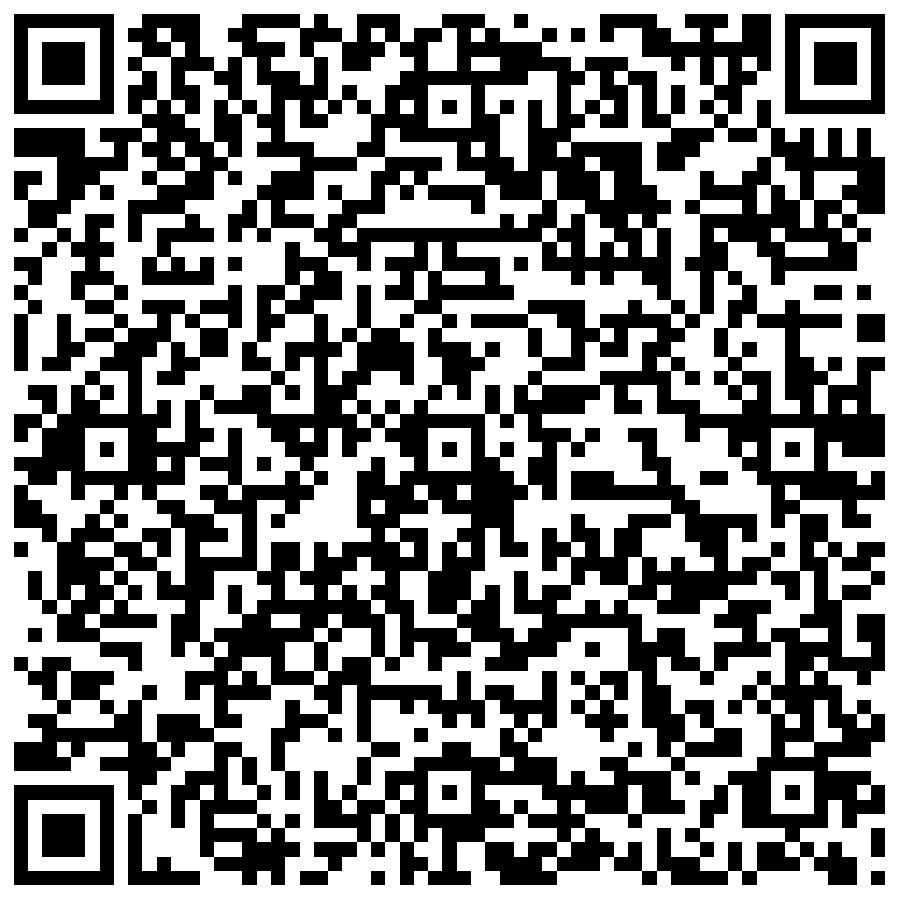Penerapan Etik dalam Penelitian Sistem Informasi: Review dan Rekomendasi
(1) Program Studi Sistem Informasi - Telkom University
(*) Corresponding Author
Abstrak
Kata Kunci
Teks Lengkap:
PDFReferensi
[1] R. D. Galliers, “Change as Crisis or Growth? Toward a Trans-disciplinary View of Information Systems as a Field of Study: A Response to Benbasat and Zmud’s Call for Returning to the IT Artifact,” Journal of the Association for Information Systems, vol. 4, no. 1, pp. 337–352, 2003.
[2] G. Walsham, “Are we making a better world with ICTs? Reflections on a future agenda for the IS field,” Journal of Information Technology, vol. 27, no. 2, pp. 87–93, 2012.
[3] S. R. Benatar, “Reflections and recommendations on research ethics in developing countries,” Social Science and Medicine, vol. 54, no. 7, pp. 1131–1141, 2002.
[4] A. Sumantri, Metodologi penelitian kesehatan. Prenada Media, 2015.
[5] G. Paré, M. C. Trudel, M. Jaana, and S. Kitsiou, “Synthesizing information systems knowledge: A typology of literature reviews,” Information and Management, vol. 52, no. 2, pp. 183–199, 2015.
[6] J. von Brocke, A. Simons, B. Niehaves, K. Riemer, R. Plattfaut, and A. Cleven, “Reconstructing the Giant: On the Importance of Rigour in Documenting the Literature Search Process,” in 17th European Conference on Information Systems, 2009, pp. 2206–2217.
[7] C. J. Riehl, “The Principal’s Role in Creating Inclusive Schools for Diverse Students: A Review of Normative, Empirical, and Critical Literature on the Practice of Educational Administration,” Review of Educational Research, vol. 70, no. 1, pp. 55–81, 2000.
[8] “Australian Code for the Responsible Conduct of Research.” National Health and Medical Research Council; Australian Research Council and Universities Australia, Canberra, 2018.
[9] “the University of Melbourne Research Integrity and Misconduct Policy.” [Online]. Available: https://research.unimelb.edu.au/.
[10] H. J. Smith and J. Hasnas, “Ethics and information systems: The corporate domain,” MIS Quarterly, vol. 23, no. 1, pp. 109–127, 1999.
[11] S. J. Harrington, “The effect of codes of ethics and personal denial of responsibility on computer abuse judgments and intentions,” MIS Quarterly, vol. 20, no. 3, pp. 257–277, 1996.
[12] D. Banerjee, T. P. Cronan, and T. W. Jones, “Modeling IT ethics: A study in situational ethics,” MIS Quarterly, vol. 22, no. 1, pp. 31–54, 1998.
[13] Trevor T. Moores and Jerry Cha-Jan Chang, “Ethical Decision Making in Software Piracy: Initial Development and Test of a Four- Component Model,” MIS Quarterly, vol. 30, no. 1, pp. 167–180, 2006.
[14] D. G. Johnson, “Ethics Online,” Communications of the ACM, vol. 40, no. 1, pp. 60–65, 1997.
[15] B. Light and K. McGrath, “Ethics and social networking sites: A disclosive analysis of Facebook,” Information Technology & People, vol. 23, no. 4, pp. 290–311, 2010.
[16] D. Kelly, “Methods for evaluating interactive information retrieval systems with users,” Foundations and Trends in Information Retrieval, vol. 3, no. 1–2, pp. 1–224, 2009.
[17] H. Rippen and A. Risk, “e-Health Code of Ethics,” Journal of Medical Internet Research, vol. 2, no. 2, pp. 1–6, 2000.
[18] A. Rubel and K. M. L. Jones, “Student privacy in learning analytics: An information ethics perspective,” Information Society, vol. 32, no. 2, pp. 143–159, 2016.
[19] B. C. Stahl, G. Eden, M. Jirotka, and M. Coeckelbergh, “From computer ethics to responsible research and innovation in ICT: The transition of reference discourses informing ethics-related research in information systems,” Information and Management, vol. 51, no. 6, pp. 810–818, 2014.
[20] J. Mingers and G. Walsham, “Toward Ethical Information Systems: The Contribution of Discourse Ethics,” MIS Quarterly, vol. 34, no. 4, pp. 833–854, 2010.
[21] A. Radermacher and G. Walia, “Gaps between industry expectations and the abilities of graduates,” SIGCSE 2013 - Proceedings of the 44th ACM Technical Symposium on Computer Science Education, pp. 525–530, 2013.
[22] V. Subbian et al., “Ethics and informatics in the age of COVID-19: challenges and recommendations for public health organization and public policy,” Journal of the American Medical Informatics Association : JAMIA, vol. 28, no. 1, pp. 184–189, 2021.
[23] J. Johnstone, “Technology as empowerment: A capability approach to computer ethics,” Ethics and Information Technology, vol. 9, no. 1, pp. 73–87, 2007.
[24] S. R. J. Sheppard and P. Cizek, “The ethics of Google Earth: Crossing thresholds from spatial data to landscape visualisation,” Journal of Environmental Management, vol. 90, no. 6, pp. 2102–2117, 2009.
[25] B. K. Clinton, B. C. Silverman, and D. H. Brendel, “Patient-targeted googling: The ethics of searching online for patient information,” Harvard Review of Psychiatry, vol. 18, no. 2, pp. 103–112, 2010.
[26] U. E. Gattiker and H. Kelley, “Morality and Computers: Attitudes and Differences in Moral Judgments,” Information Systems Research, vol. 10, no. 3, pp. 233–254, 1999.
[27] C. Allen, I. Smit, and W. Wallach, “Artificial morality: Top-down, bottom-up, and hybrid approaches,” Ethics and Information Technology, vol. 7, no. 3, pp. 149–155, 2005.
Artikel Statistik
PDF telah dilihat : 2082 kali
Refbacks
- Saat ini tidak ada refbacks.

This work is licensed under a Creative Commons Attribution-ShareAlike 4.0 International License.
 | Alamat Redaksi : Departemen Sistem Informasi, Fakultas Teknologi Informasi Universitas Andalas Kampus Limau Manis, Padang 25163, Sumatera Barat email: teknosi@fti.unand.ac.id |
Jumlah Pengunjung :

This work by JSI-Unand and licensed under a CC BY-SA 4.0 International License.















